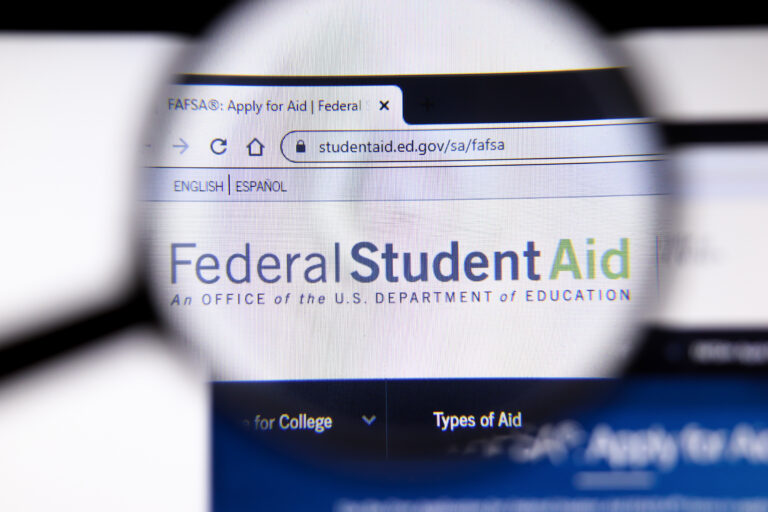On July 6, Northwestern College—a small, for-profit school in Illinois—closed suddenly after 122 years. In a notice sent to students and staff, the College’s former president Lawrence Schumacher cited “severe financial problems” as the primary cause of the closure. [Higher Ed Dive; WGNTV]
Northwestern is not alone. According to an analysis by the State Higher Education Executive Officers Association (SHEEO), higher education institutions have folded at a rate of one per week in 2024, up from about two per month last year. [The Hechinger Report]
This can cause frustration and confusion for students, so much so that they stop pursuing higher ed entirely: students who experience a college closure while enrolled are 50% less likely to earn a credential than students who did not. In the case of Northwestern College, students have nowhere to transfer their credits or degree programs to, trapping them with student debt with no pathway to a degree. [Inside Higher Ed]
But for institutions facing mounting financial pressures, demographic shifts, and a looming enrollment cliff driven by the Better FAFSA rollout failure, what can be done to prevent closures—or at least shield students from the fallout?
Mergers and acquisitions (M&A) are being used as a lifeline by schools facing closure. These deals help keep campus doors open and the lights on, and prevent catastrophic academic and financial situations for students. For example, Northeastern University in Boston has deals to merge with 14 private, accredited schools in danger of closure as part of a newer trend of “chain buying” in the private school ecosystem. State systems are also no stranger to consolidation too: 22 state systems including Georgia, Texas, and Wisconsin have been involved in the consolidation of regional schools since 2007. [Bloomberg, subscription model]
It’s not so easy, though: The financial climate and enrollment issues underlying the rise in higher ed M&A aren’t going to let up anytime soon. Adapting to offer shorter-term programs and community-oriented, career-connected curriculum may help attract students (and their dollars) back to campus.
Rules instituted by the U.S. Department of Education in August last year complicated higher ed M&A by giving itself more oversight over the process and increasing requirements. The process—which already takes time—can be untenable for colleges already under financial strain, making M&A efforts more prone to failure. [Inside Higher Ed]




